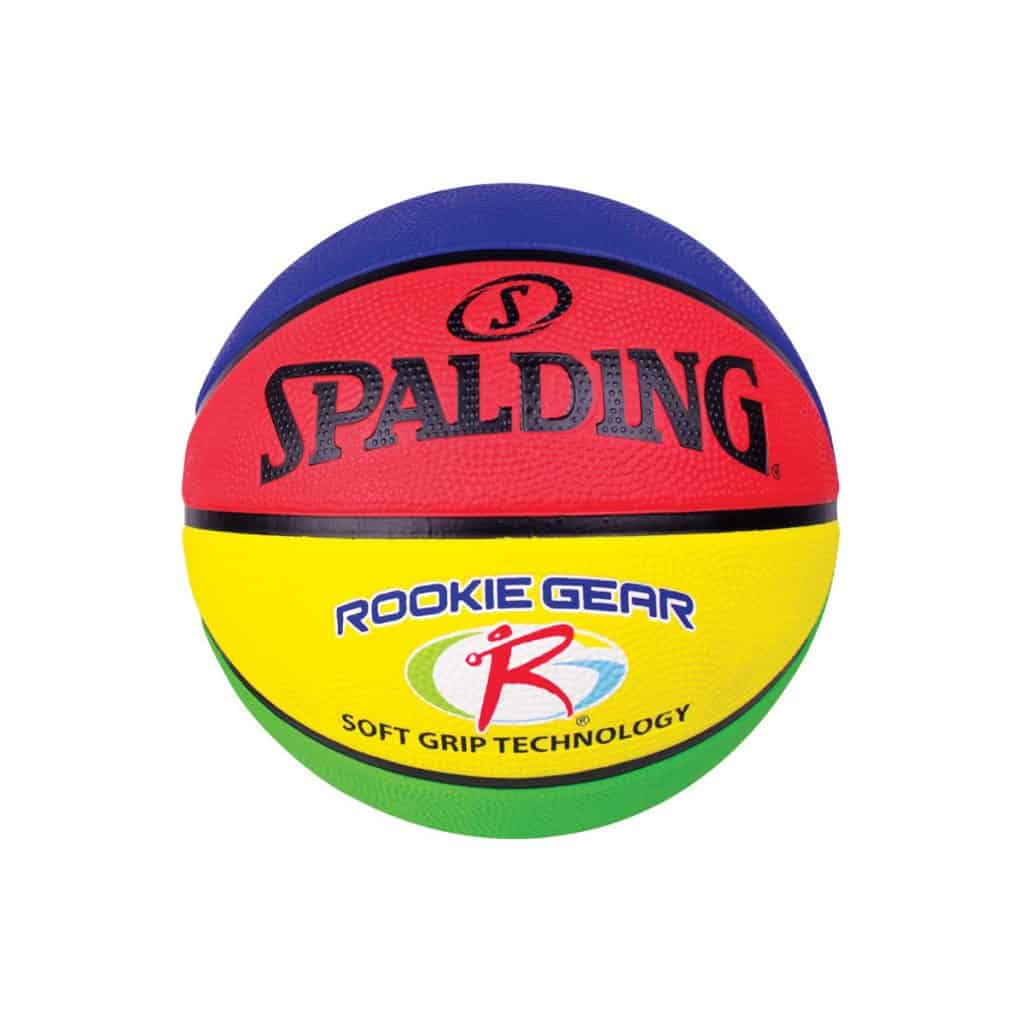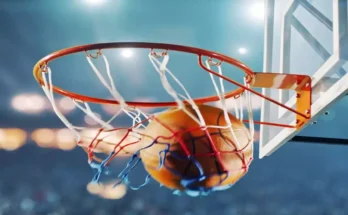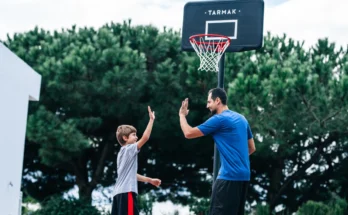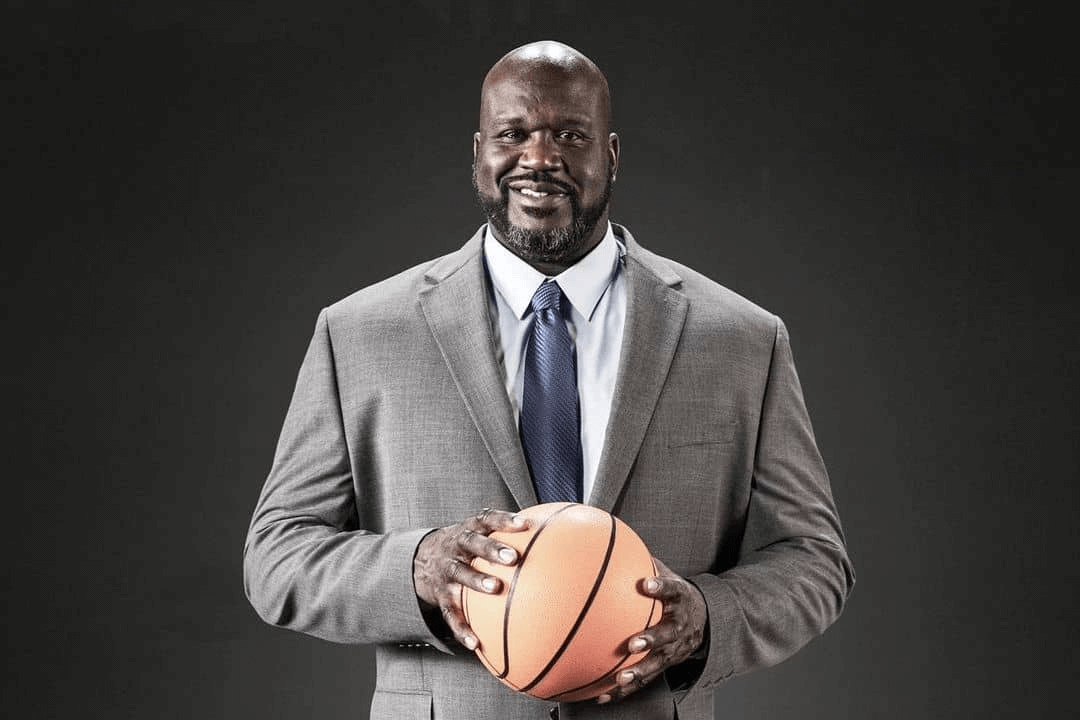Making sure you give players the appropriate size basketball for their age and gender is incredibly important. But with several official sizes to choose from, it’s easy to get confused about which basketball size is the right one.
In this guide, we’re going to go over the different basketball sizes so you can determine the correct size for optimal player development. In addition, we will also talk about why the size of the ball can affect player development and discuss other important size considerations.
Size should be consistent
Before we start looking at the different basketball sizes available, there is one thing we need to get out of the way first. And that is the importance of consistency.
Players must practice and play with the same size balls. So even if you have a child who is taught at school with a ball that is slightly too small or too big, the best thing to do is to get them a ball of the same size.
You might think it’s better to let kids practice with the ‘correct’ size at home, but it can throw them off and make things feel awkward when playing games at school.
Why does the size of the ball matter?
While it may be tempting to fast-track youth players into using a full-sized basketball, a basketball that is too large and heavy can make ball handling difficult and even develop bad habits-like throwing the ball, instead of shooting it, to reach the net.
The reason is twofold. First, of course, there is the matter of the physical size of the ball, which is usually measured as a circumference in inches. There’s just no way a younger ball with smaller hands can properly swing or control a full-sized ball.
Second, balls of different sizes also differ in weight. A ball that is too heavy makes passing, shooting, and receiving more difficult. The player will eventually have to compensate and compromise the form.
All of these additional problems not only make it more difficult to build good fundamentals but also make basketball much less enjoyable for the player. And for young kids, the most important thing is just to make sure they have fun!
Basketball Size Chart
Here is a table comparing the common basketball sizes: 3,4,5,6 and 7. For each size we have also included the age range as suggested by popular basketball manufacturers:
| Age guidelines by brand | |||||
|---|---|---|---|---|---|
| size | perimeter | Weight | baths [1] | Spalding [2] | Wilson [3] |
| 7 | 29.5″ | 22 us | Men and boys 15+ | Men and boys 13+ | Men and boys 12+ |
| 6 | 28.5″ | 20 ounces | Women and girls age 12+ Boys ages 12-14 |
Women and girls 9+ boys 9-12 |
Women and girls 9+ boys 9-11 |
| 5 | 27.5″ | 17 us | boys and girls 9-11 | Boys and girls under 9 | Boys and girls under 8 |
| 4 | 25.5″ | 14 us | – | – | Ages 4-8 |
| 3 | 22.0″ | 10 ounces | – | Novelty (all ages) | – |
Note the large difference between the manufacturers’ age recommendations, even though the balls are made to the same specifications. And herein lies the issue, there is no absolute consensus on basketball sizes when it comes to youth basketball!
From our experience, many sports equipment brands such as Spalding and Wilson in general recommend basketballs that are slightly too big. And that’s probably a factor in why it’s common to see boys start middle school with men’s official size 7 basketballs or 9-year-olds with size 6 basketballs.
For us, the ideal basketball size guidelines based on age are the following:
| size | Our Age Range Recommendation |
| 7 | Boys 14+ |
| 6 | boys and girls 11-13 |
| 5 | boys and girls 8-11 |
| 4 | Boys and girls under 8 |
What are the official guidelines?
Basketball sizes for adult competitions are well-defined. Size 7 is universally the official ball size for men’s basketball according to the rules of the NBA, NCAA, and FIBA international leagues. High school basketball leagues for boys also play with this size.
Size 6 is the official size for women’s games according to WNBA, Women’s FIBA, and Women’s NCAA.
Youth guidelines are more varied, but the USAB established youth basketball guidelines in 2016 which are the following:
| Play segment | Size of the ball | Height of basket | Court size | Distance from the 3-point arc | Distance from the free throw line |
| Ages 7-8 | Boys and girls size 5 (27.5”) | 8′ | 50’x42′ | Not applicable | 14′ |
| Ages 9-11 | Boys and girls size 6 (28.5”) | 9′ | 74’x50′ | Not applicable | 14′ |
| Ages 12-14 | Girls size 6 (28.5″) Boys size 7 (29.5″) | 10′ | 84’x50′ or 94’x50′ | 19’9″ | fifteen’ |
| Grades 9-12 | Girls size 6 (28.5″) Boys size 7 (29.5″) | 10′ | 94’x50′ | 22’2″ or the next available rule under 22’2″ | fifteen’ |
The ball size guidelines set forth by the USAB are quite aggressive, meaning that smaller players or those who grow slowly may struggle. This is especially the case when compared to guidelines set out in other countries, such as Basketball Englandwhich increases the sizes at a slower pace.
Non-standard Youth Basketball Sizes
Because basketball size can be difficult for younger players, some basketballs do not conform to the standard regulation balls.

Examples include Spalding’s “Rookie Gear” range, which is sized according to regulation balls but is 25% lighter. The idea behind these balls is to help players who lack power practice their shooting technique with a specific ball size.
There are also balls of other sizes and shapes used as training tools during basketball practice.
Read also,
What is a role player in basketball?
What is a 3 and D player in basketball?
Other important considerations
The size of the ball is the most important consideration when buying younger players the right equipment, but you need to be aware of other factors that can affect their game.
The most obvious is the height of the rim, as getting a ball above a 10-foot regulation rim is too challenging for developing players. Ideally, you’ll want an adjustable hoop that can grow with the player.
The quality of the ball is also important. The player can quickly grow out of a youth-sized ball, so it is not worth buying the most expensive ball, but you should choose between an indoor or outdoor basketball, depending on where the ball will be played.




